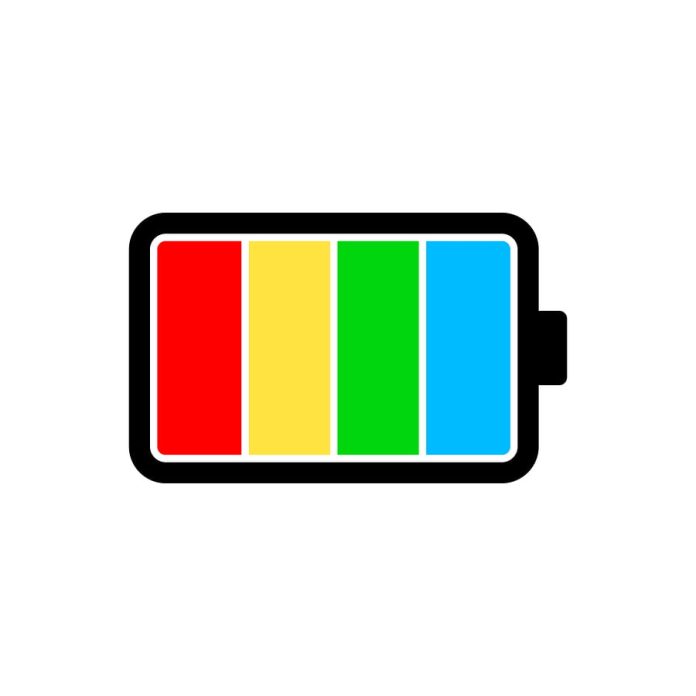Is there a rule of thumb for 12V batteries that allows a basic voltage measurement to work out exactly the state of charge? Also, at what point is battery completely dead?
A battery with a voltage reading of 12.9V or higher is generally carrying a 100 per cent charge. If the voltage is 12.4 to 12.9 then the charge is between 75 and 100 per cent. For dry cell batteries and wet cell auto batteries and hybrids you’d be trying to ensure the battery voltage doesn’t get much below 12.5V for longest life.
If your voltmeter is reading 12.2 to 12.4V then the battery is carrying a charge between 50 and 60 per cent. If the reading is 12 to 12.2V the state of charge is between 25-50 per cent. Unless you’re working with true deep cycle batteries any 12V battery that’s gouged down to these levels will not last more than a year.
A charge of 11.7 to 12V indicates a state of charge that’s between 0 and 25 per cent and once again, any battery that has to put up with this sort of discharge will fail early. A 12V battery with a voltage of 11.4V or less is fully discharged. Under 10.7V, a lead acid battery is dead.
Lithium-ion and Lithium-polymer batteries also have a dead voltage – what this is depends on the battery configuration. Li-ion battery packs used in wireless alarm panel applications may start life with a voltage around 4.3V, quickly degrade to 3.7 for most their life, then register 3V when they are dead. Making things tricky with the Li-ion batteries in many modern hubs and home automation solutions is that these batteries have a shelf life, so it’s best not to stock them until you need them.
#sen.news









